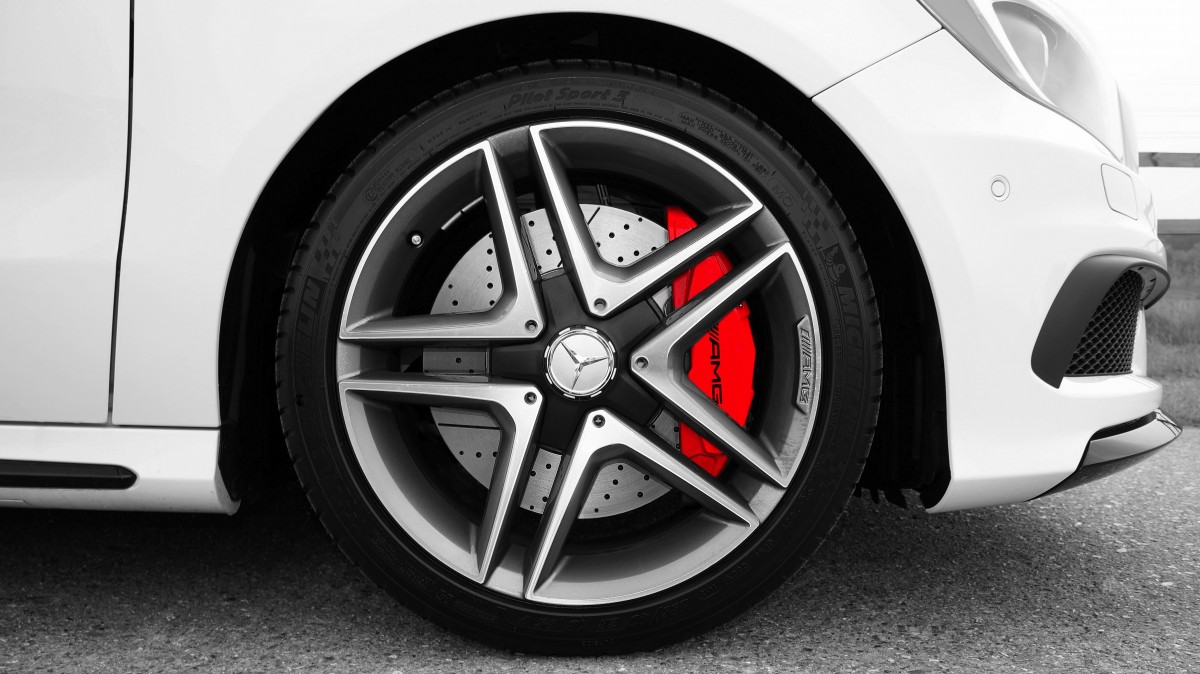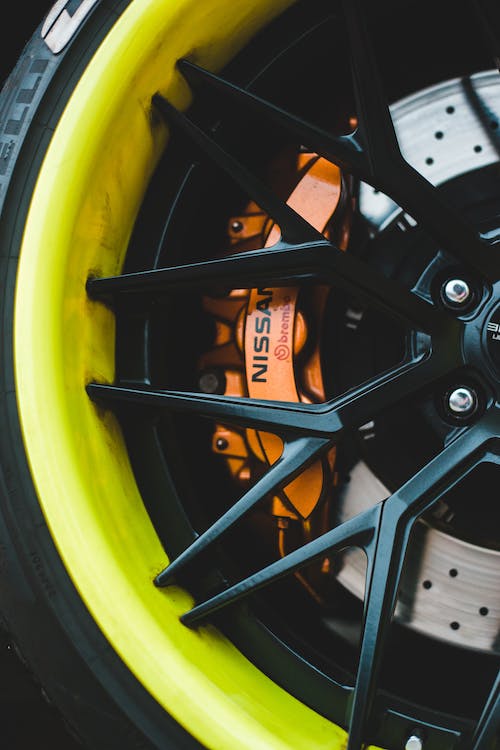The car brake caliper plays an important role in the braking system. Therefore, it must be in good condition to ensure the motorist’s safety while driving. Let’s take a closer look at how this mechanical part works, why it may fail, and how to replace it, if necessary.
What is a car brake caliper?
The brake caliper is a mechanical part integrated into the braking system and designed to clamp the brake pads against the disc. It is made up of the following elements:
– one or more hydraulic piston(s) which exerts(s) a pressure on the disc;
– a brake caliper body;
– a place for the brake pad.
Good to know: the car brake caliper is an important part of the braking system mechanism because its proper functioning guarantees perfect braking intensity. It, therefore, has an impact on safety.
Role of a car brake caliper
When the brake pedal activates the brake system, the pistons act under the pressure of the brake fluid. They then exert a movement allowing them to come to rest against the disc. This movement allows the vehicle to slow down or stop depending on the amount of pressure.
When the driver releases the brake pedal, the pistons return to their original position.
Good to know: the proper functioning of the hydraulic braking system is linked to the quality of the brake fluid, which must be changed every two years or every 50,000 km.
What are the different types of caliper?
There are several types of car brake calipers:
– The floating caliper: it consists of one or two pistons. Each one includes a clevis fixed on the axle stub and the clamp, guided by dovetail keys.
– The fixed caliper: the pistons, positioned on each side of the disc, exert pressure on the disc. This system allows for a better distribution of the braking force on the entire brake disc.
– The ring caliper is composed of two pistons, one of which pushes the brake pad inside and the other slides it towards the outside of the disc.
– The sliding caliper is composed of a clamp on which a brake pad is fixed. The sliding system absorbs the pressure exerted by the pistons.
Good to know: floating calipers are the most common type because they are simpler to design than other types of calipers for cars. This results in a lower manufacturing cost.
Car brake caliper: when should it be changed?

Causes and consequences of a malfunctioning caliper
Several telltale signs prompt the need to change the brake calipers. When calipers are found to be seized or when lubricant leaks from the wheels, they can be visually diagnosed as malfunctioning:
– corrosion of the pistons;
– a misadjustment;
– a deformation of the caliper.
A defective brake caliper can result in
– abnormally high disc temperature due to the constant pressure of the caliper piston on the disc;
– the absence of movement of the caliper, which no longer plays its role;
– wear of the pads;
– damage to the support;
– Pistons jamming on the carrier.
Symptoms to consider
The symptoms perceived in the event of a car brake caliper defect are generally poor braking, but they can also include
– abnormal noises when braking, such as slamming, hissing, and squealing;
– pads stuck to the disc, causing overheating and disc wear;
– vibrations of the wheels during braking;
– a tendency of the vehicle to “pull” to one side.
Good to know: if you notice a defect in your car’s braking system, you can call a professional who will detect the exact origin of the problem.
Car brake caliper: how to replace it?
Disassembly
Before carrying out the intervention, it is necessary to position the vehicle on an elevator or stanchions.
Good to know: for safety reasons, the hand brake should not be applied during the operation.
Once the vehicle is in place, remove the wheel, the brake pads, and the brake hose. Then unscrew the caliper which is held by the bolt.
Assembly
We start by positioning the caliper on its support and ensuring that the pistons are sufficiently pushed back. Next, place the pads on the caliper, secure it to the bracket with the bolts. Reconnect the brake hose, then reposition the parking brake cable on the caliper, adjusting it if necessary.
All that remains is to bleed the brake system and replace the brake fluid.
Good to know: if you don’t like the work, you can have it done by a professional mechanic. Moreover, the services are guaranteed.
Price of a car brake caliper
A car brake caliper is generally between $70 and $150, depending on the type of material.
Good to know: parts, accessories, and products such as brake hoses and pads, guide bushings, and brake fluid, for example, can complete the purchase. Their average price is $10 to $20, depending on the case.

